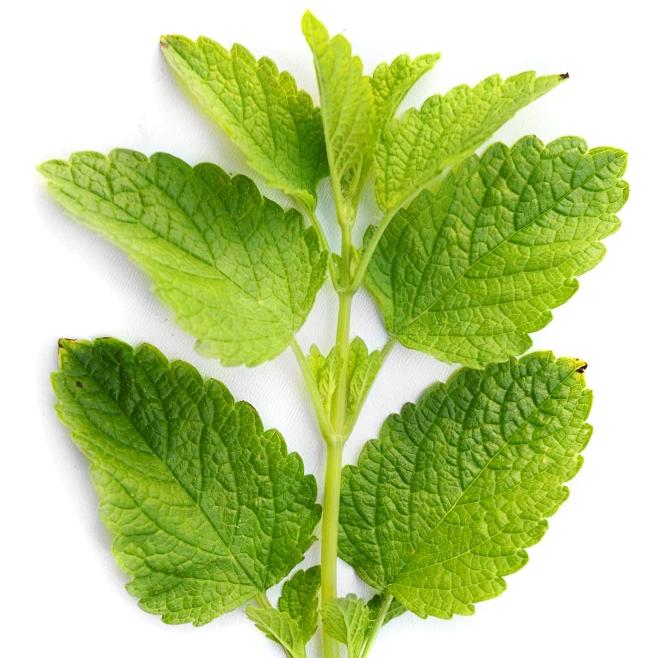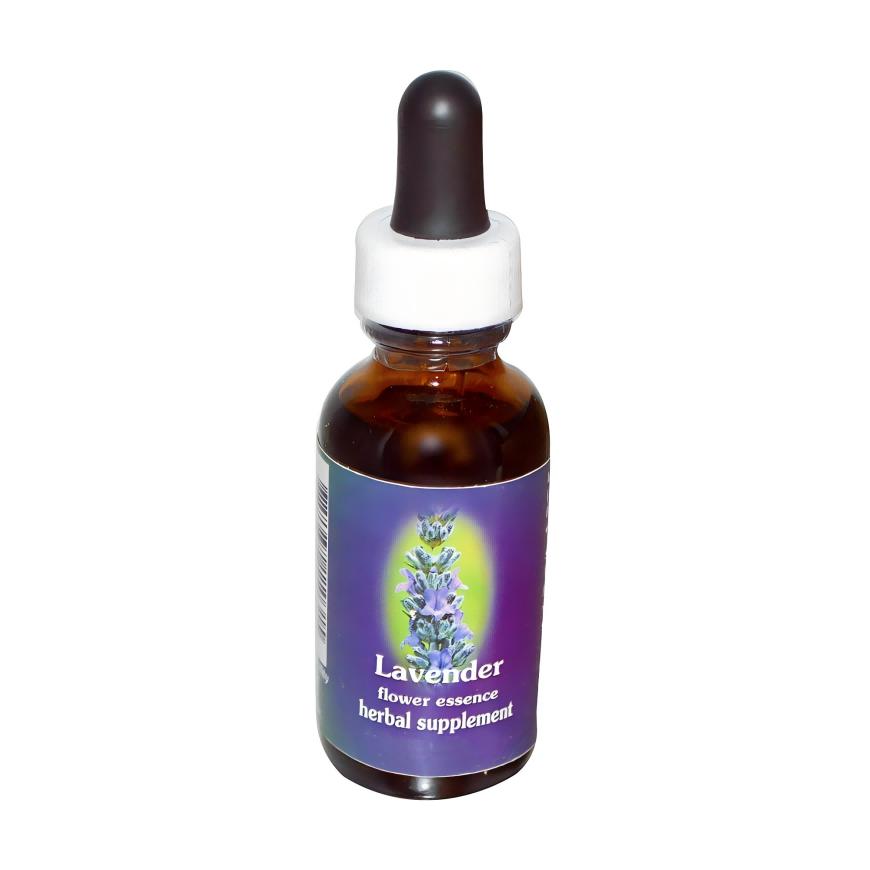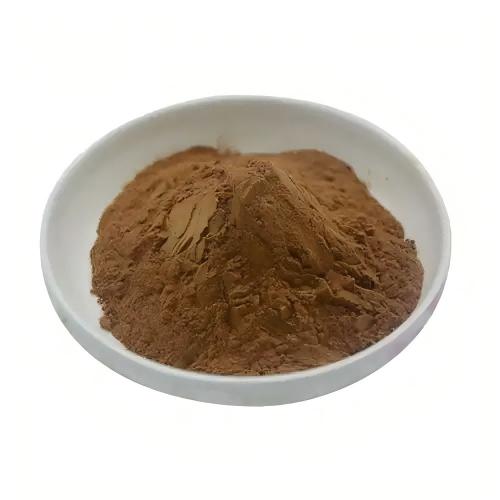Empower Your Mood Health Supplements With Natural Lemon Balm Extract
Lemon baume(Melissa officinalisL.............), renowned for its refreshing and pleasant citronaroma, is a star plant in Western traditional herbal medicine and is now injecting new vitality into the global health industry. Modern scientific research has discovered that its leaves are rich in natural active ingredients such as polyphenols, flavonoids, and terpenoids, which are key to supporting emotional balance and physical and mental relaxation.
As consumer demand for natural, plant-based wellness solutions grows, citronbalm extract has emerged as an ideal functional ingredient for developing mood-supporting supplements. Its exceptional adaptability—suitable for diverse formulations including solid beverages, gummies, capsules, and teas—offers significant innovation potential for brand partners.
As one De laGreen Spring Technology' Sflagship ingredients, our high-purity lemon balm extract is produced using advanced processes. Strict standardization of active components—such as rosmarinic acid and total polyphenols—ensures consistent Composition du groupeand efficacy across batches. This product exhibits excellent water solubility and flavor profile, facilitating easy incorporation into solid beverages, gummies, tablets, and capsules. It empowers clients to develop competitive natural products for emotional well-being and relaxation efficiently.
Green Spring Technology remains committed to delivering high-standard, customizable botanical extraction solutions. Through continuous technological innovation and a comprehensive quality control system, we empower your products and collaborate to unlock new opportunities in the health market.

1 Primary Active Components of Lemon Balm Extract
Lemon balm extract (Melissa Officinalis L. Extract) is a highly regarded natural botanical ingredient. Its rich active components provide a robust scientific foundation for developing diverse health products. Green Spring Technology employs advanced extraction techniques to produce high-purity, standardized extracts with clearly defined profiles, fully preserving their natural properties.
Key active components in Lemon Balm Extract include:
· Polyphenolic Compounds: Centered on rosmarinic acid, alongside caffeic acid and protocatechuic acid, collectively delivering antioxidant benefits and daily health support.
· Flavonoids: Including quercetin, luteolin, and their glycoside derivatives, enhancing product stability and functionality.
· Terpenes and essential oil components: Natural aromatic compounds like citral, geraniol, nerol, and caryophyllene impart a distinctive fresh aroma and pleasant sensory experience.
· Other natural constituents: Including squalene, coumarins, multiple vitamins, and enzymatic substances that synergistically enhance the overall health value of the formulation.
Green Spring Technology remains committed to providing customers with high-standard, customizable plant extract ingredients. Our lemon balm extract offers excellent solubility and broad applicability, suitable for solid beverages, gummies, capsules, dietary supplements, and functional foods—empowering you to create more competitive natural health products.
2 Natural Ingredients Supporting Emotional and Sleep Wellness: The Application Potential of Lemon Balm Extract
As a premium plant-based ingredient, lemon balm extract holds significant promise in products targeting mood relaxation and sleep support. Its gentle mechanism of action and well-defined composition make it ideal for developing natural formulations aligned with modern health consumption trends.
Multiple studies indicate that lemon balm extract helps promote relaxation and positive emotional states. In models such as the forced swimming test, it demonstrates potential to regulate neurotransmitter systems like serotonin, aiding the body in maintaining emotional stability and positive mood.
This extract has also been extensively studied for its relationship with sleep health. Experiments indicate that moderate intake can help shorten sleep onsEt ettime and extend sleep duration. Particularly when combined with other botanical ingredients like lavender, it exhibits good synergistic effects, enhancing relaxation and sleep-promoting benefits.
Its key active components, such as rosmarinic acid and ursolic acid, have been shown to exert regulatory effects on targets like GABA transaminase, thereby supporting nervous system balance and relaxation. This provides a theoretical basis for its inclusion in numerous food and supplement products.
3 Natural Ingredients Supporting Cognitive Health and the Nervous System: The Application Potential of Lemon Balm Extract
As a highly regarded natural botanical ingredient, lemon balm extract demonstrates significant application value in products targeting cognitive support and nervous system health. Its rich profile of active compounds, particularly its high rosmarinic acid content, provides scientific justification for developing natural products that help maintain cognitive function and neural health.
Research indicates lemon balm extract positively influences the nervous system through multiple pathways. Its primary active components have been shown to inhibit acetylcholinesterase activity, thereby supporting neurotransmitter balance and aiding in the maintenance of normal cognitive function and memory capacity. Additionally, the extract exhibits significant antioxidant properties, helping the body combat oxidative stress and providing protective support for nerve cells.
In experimental studies, moderate intake of lemon balm extract has been observed to enhance learning and memory capabilities while demonstrating neuroprotective potential. Its mechanism of action involves multi-target regulation, including modulation of inflammatory pathways, inhibition of acetylcholinesterase activity, and regulation of related gene expression.
Green Spring Technology's standardized lemon balm extract features stable composition and high bioavailability, making it ideal for various cognitive health products including solid beverages, soft capsules, functional foods, and dietary supplements. Our raw material undergoes rigorous quality control to ensure consistent active ingredient content, providing reliable assurance for customers developing high-quality products targeting cognitive support and nervous system health.

4 Exceptional Natural Antioxidant: The Comprehensive Protective Power of Lemon Balm Extract
Lemon balm extract is a highly effective natural antioxidant ingredient. Its rich phytochemicals, including essential oils and polyphenols, provide robust antioxidant support for product development. Green Spring Technology's standardized production process ensures the stability and consistency of active components, delivering premium ingredient solutions for diverse health products.
Research indicates that lemon balm extract possesses broad-spectrum free radical scavenging capabilities, effectively neutralizing multiple free radicals including DPPH radicals, superoxide anion radicals, and nitric oxide radicals. Additionally, the extract demonstrates excellent metal ion chelation capabilities. These properties collectively form its exceptional antioxidant protective mechanism.
Human observational studies reveal that regular intake of lemon balm preparations significantly enhances antioxidant enzyme activity within the body, strengthening the body's inherent defense capabilities. These findings provide a scientific basis for developing antioxidant products targeting challenges posed by modern living environments.
Green Spring Technology's lemon balm extract offers the following advantages:
· Powerful antioxidant activity providing comprehensive protection against oxidative stress
· Rich natural bioactive components including polyphenols and plant essential oils
· Excellent solubility and stability suitable for diverse formulations
· Standardized production process ensuring batch-to-batch consistency
5 Natural Protective Power: Health Application Potential of Lemon Verbena Extract
As a multifunctional botanical ingredient, lemon verbena extract garners significant attention for its innate protective properties. Its rich content of plant essential oils and bioactive compounds offers unique application value for diverse product development.
Research indicates that lemon verbena extract exhibits inhibitory effects against multiple microorganisms. In vitro experiments demonstrate varying degrees of growth inhibition against Gram-positive bacteria, certain Gram-negative bacteria, and specific fungi, providing scientific support for its use in natural protective products.
Regarding anti-inflammatory mechanisms, research indicates lemon balm extract exerts soothing effects by regulating the expression of inflammation-related factors. Experiments indicate that at specific concentrations, the extract influences COX-2 protein expression levels, demonstrating its potential to regulate inflammatory responses.
Lemon Verbena Extract À partir deGreen Spring Technology features:
· Rich in multiple active compounds for comprehensive natural protection
· Excellent antibacterial and soothing properties
· Superior water solubility and stability for easy formulation
· Standardized production process ensuring consistent quality

6 Empowering the Global Emotional Wellness Market: Green Spring Technology's Lemon Verbena Extract Solutions
Green Spring Technology's premium lemon verbena extract is tailored for global health brands, helping you enter the international emotional wellness market with confidence. Leveraging advanced extraction techniques and stringent international standards, we deliver standardized botanical ingredients with clear composition and consistent batch stability, meeting compliance requirements for dietary supplements and functional foods in Europe, the US, and beyond.
Why Choose Green Spring Technology?
· Global Compliance Support: Products meet multi-country ingredient regulations, with complete traceability and quality documentation to streamline export processes;
· Scientific Endorsement & Formulation Synergy: Rich in active compounds like rosmarinic acid and flavonoids, offering gentle relaxation and emotional balance. Easily blends with ingredients like passionflower and lavender to enhance product appeal;
· Customized application solutions: Offers multiple dosage forms—granules, powders, liquids—tailored to regional market preferences, suitable for developing capsules, gummies, functional beverages, and more.
Contact us today at helen@greenspringbio.com or WhatsApp: +86 13649243917 to receive complimentary samples, compliance materials, and customized collaboration plans. Let's partner to create globally successful emotional wellness products!
Références:
[1] [traduction] Chen YL. Culture tissulaire et propagation rapide de Melissa officinalis[J]. Plant Physiology Letters, 2007, 43(3): 513.
[2]MORADKHANI H, SARGSYAN E, E, Le BIBAK H, et Al.Melissa officinalis L.,une plante médicinale précieuse: Areview[J]. Journal of Medicinal Plants Research, 2010, 4(25): 2753 — 2759.
[3] [traduction]
[4] [traduction] CARNATAP, CARBATA, FRAISSE D, et al. Les aromatiques et polyphénolique composition of lemon balm (Melissa officinalis L.Subsp.offcinalis) Thé [J]. pharmacie Acta (Acta)Helvetiae, 1998, 72: 301-305.
[5] Wang Jing, Li Rong, Jiang Zitao. Etude de la composition chimique de l’huile essentielle de mélisse [J]. Chinese Condiments, 2013, 38(9): 28-30;36.
[6] Guo Feng, Dong Minghui, Gao Mengyuan, et al. Analyse de l’huile essentielle de mélisse par chromatographie en phase gazeuse et spectrométrie de masse et étude de son activité antibactérienne [J]. Food and Fermentation Industry, 2021, 47(2): 109-113.
[7] [traduction] THIEME H, KITZE C. Occurrence de flavonoïdes chez Melissa officinalis L[J]. Pharmazie, 1973, 28(1): 69-70.
[8]PATORA J, J, KLIMEK B. Les droits de l’homme Les flavonoïdes from lemon Baume (Melissa officinalis L., Lamiaceae)[M]. Acta Poloniac Pharmaceutica-Drug Research, 2002, 59(2): 139-143.
-
Précédent précédent
Lemon Balm Extract: A Functional Food Ingredient Solution for Mood Support
-
Suivant:
Apple Extract 80% Polyphenols Enhances Natural Antioxidant Product Formulations


 Anglais
Anglais français
français espagnol
espagnol russe
russe coréen
coréen japonais
japonais




